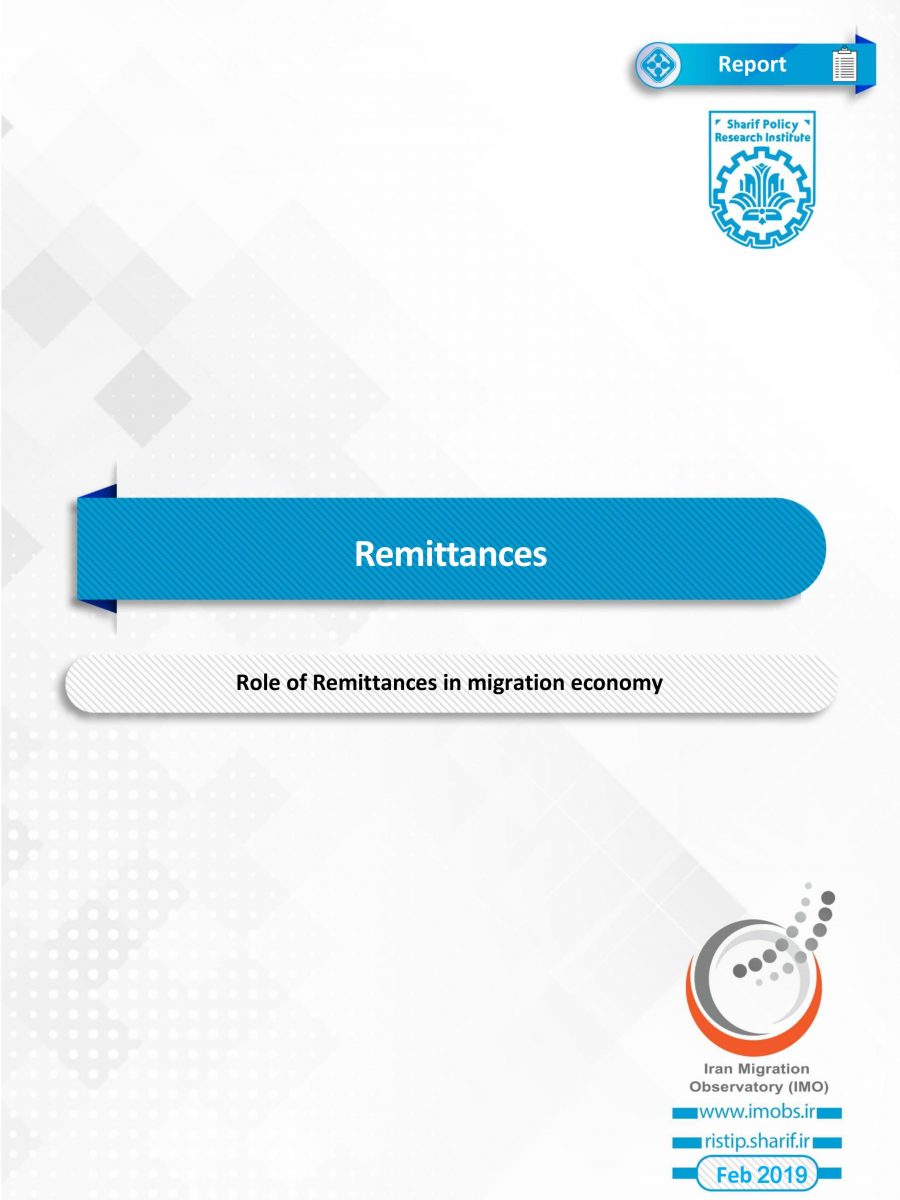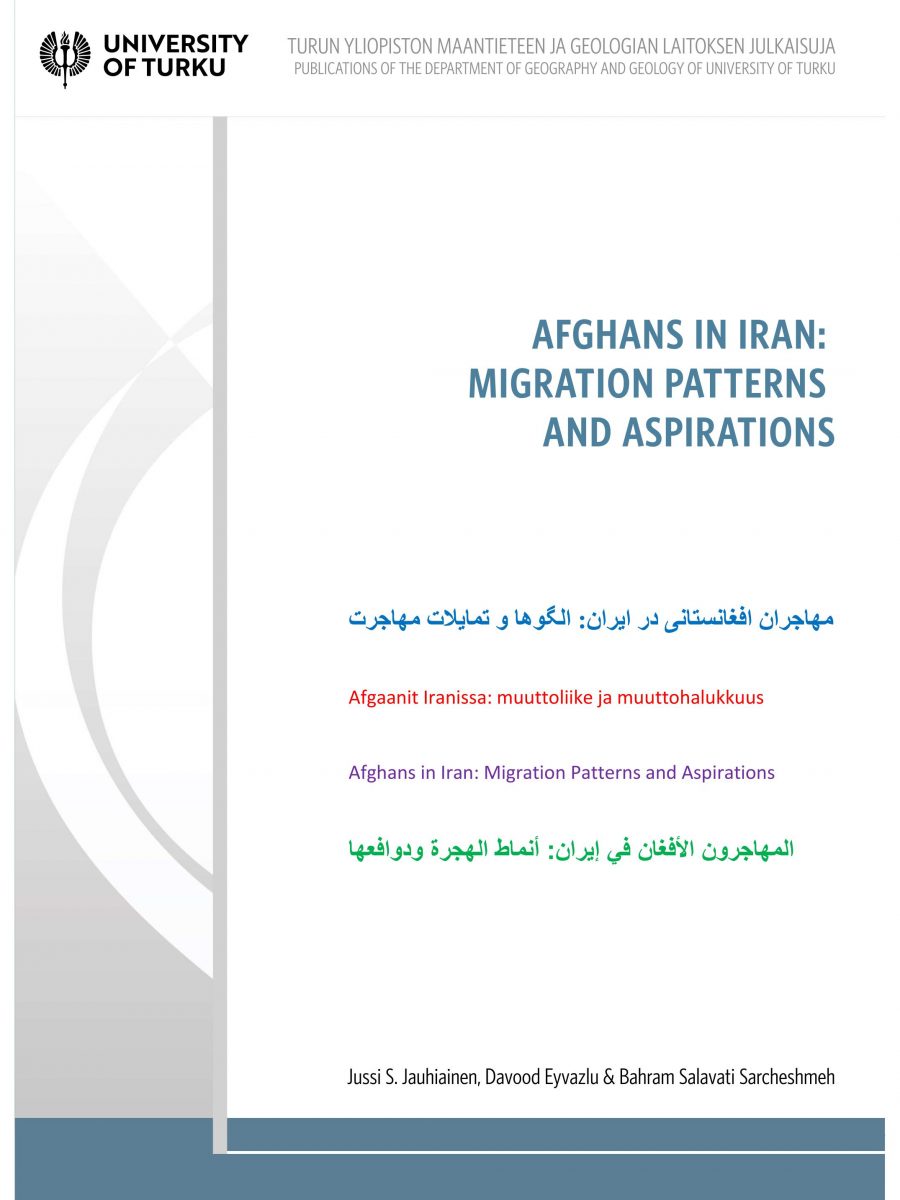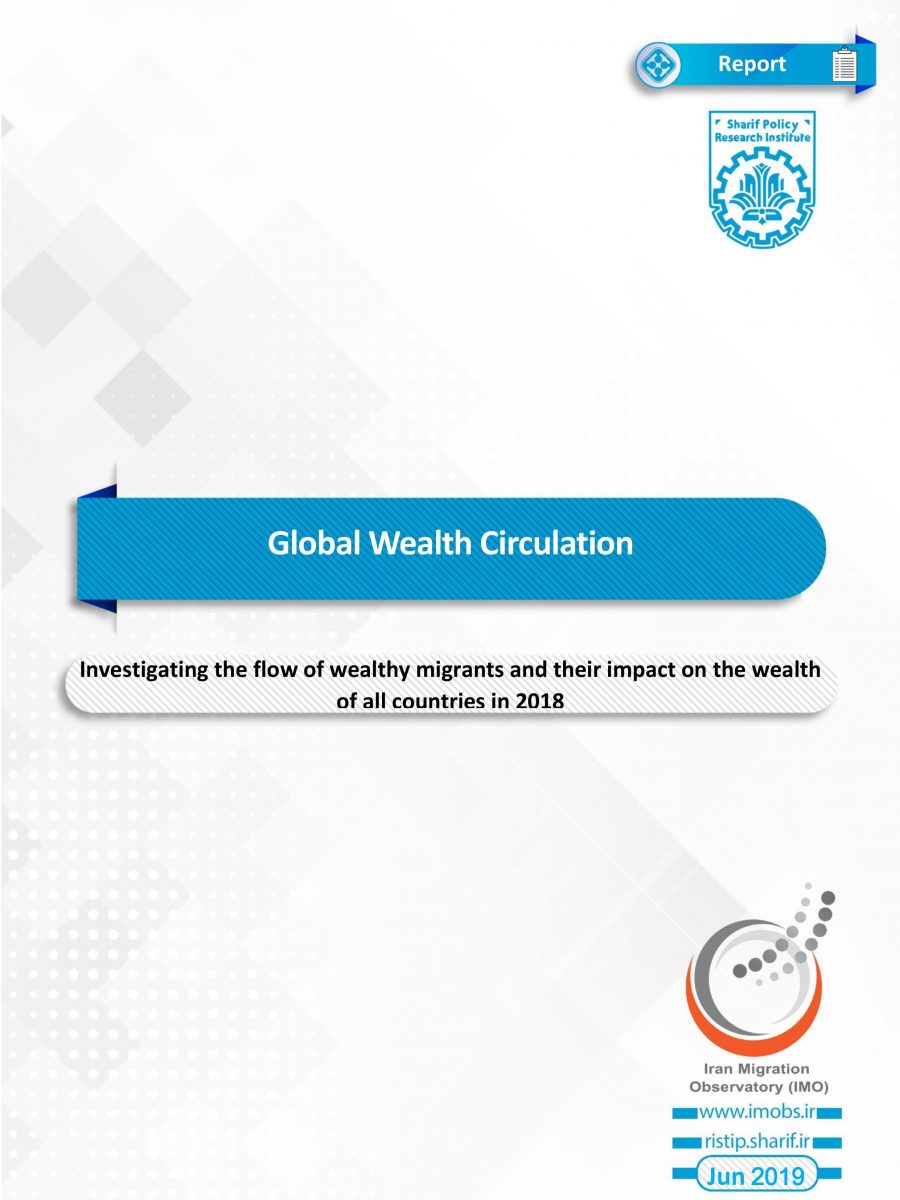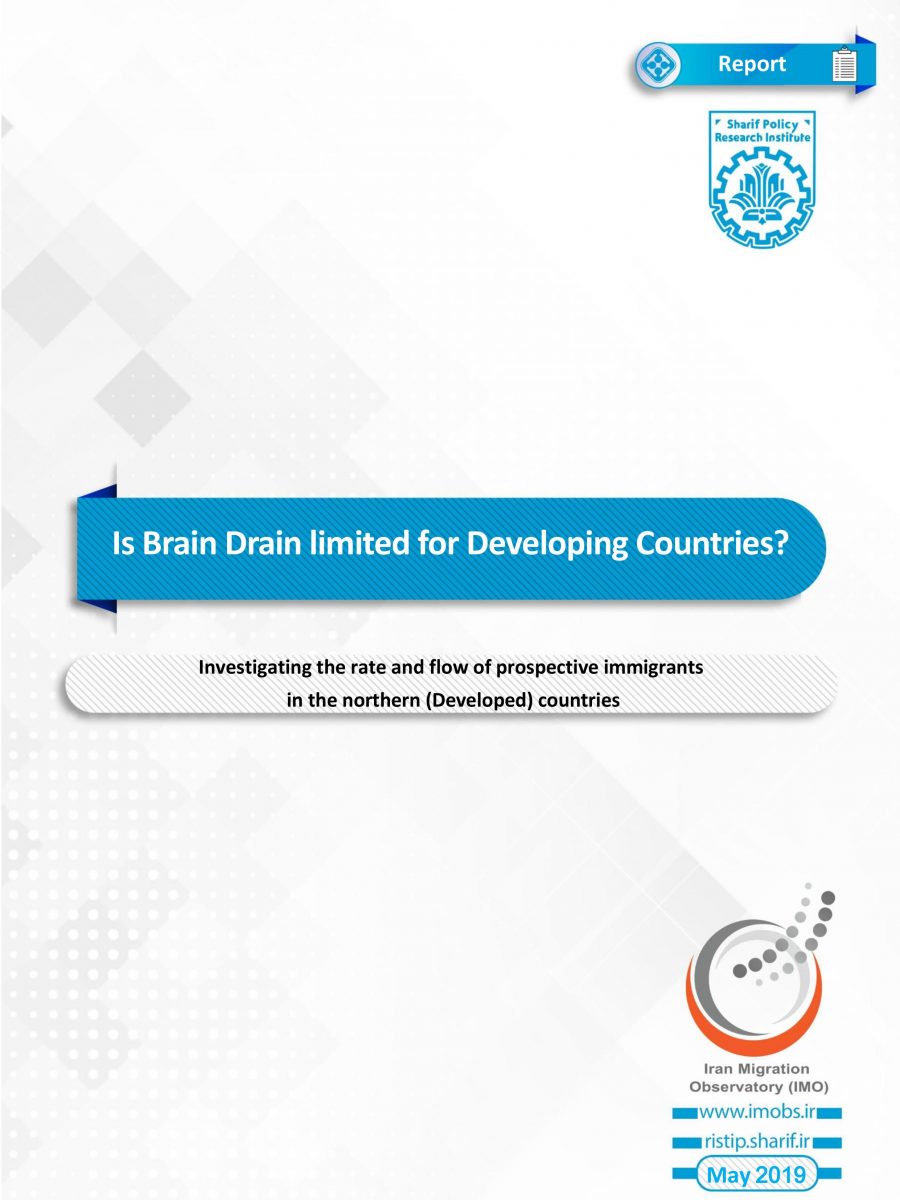
Iranian International Student mobility in North America (The U.S. and Canada)
2019-07-02
Immigrants Entrepreneurship in the United States
2019-07-02Abstract:
Remittances are one of the most important sectors of the migration economy. In the recent years, remittances, as one of the largest and most stable foreign financial resources in countries, have surpassed other critical international trends such as official development assistance, private sector’s debt and securities and an important economic guarantee for countries in political and economic crisis.
The growth and the nature of these funds have made them to be an important and attractive topic for economists and planners. As the number of international migrants are increasing, remittances are being monitored by countries of origin to be able to attract and utilize these funds successfully. So, in the recent years, some of labor-exporting countries have begun to reform their currency and markets; these reforms in some countries (Such as Cuba, Sri Lanka, South Korea, Thailand, and Indonesia) are more dramatic than others.
In recent years, Iranian emigrants have been able to send more than $ 1 billion to the country. According to World Bank, it has been estimated around $ 1.38 billion in 2018 which indicates the country’s high potential for remittances. However, there are some questions that need to be answered. For example, what are the sources of remittances in our country or by which channels (formal / informal) the remittances have been sent to the country?
Iran has experienced the largest amount of remittances in the past three decades ($ 1.6 billion in 1995), although after a period of declining, the trend has raised again and the amount of remittances was 1.38 billion dollars in 2018. In this year almost one-third of the remittances (27 percent) have been sent by emigrants who are living in the United Arab Emirates. Furthermore, Iran emigrants in the United States have sent 25 percent of remittances and in Germany it includes 10 percent.
By focusing on the results of this report, it is important to consider the following management and policymaking issues:
- Remittances policy making have become increasingly important in the recent years.
- Developments of remittances of Iran emigrants should be constantly monitored.
- Identification of methods of sending remittances by emigrants in order to benefit Iran’s national and local economy is one of the issues that policymakers should consider.
- Making policies to conduct remittances and invest in Iran.
- Remittances of emigrant especially Afghan refugees should be considered in policymaking in order to economic and social aspects. In this regard, understanding the channels of transferring of remittances to benefit the country is very important.
To read the full text, please contact us. (report is available in Persian)




